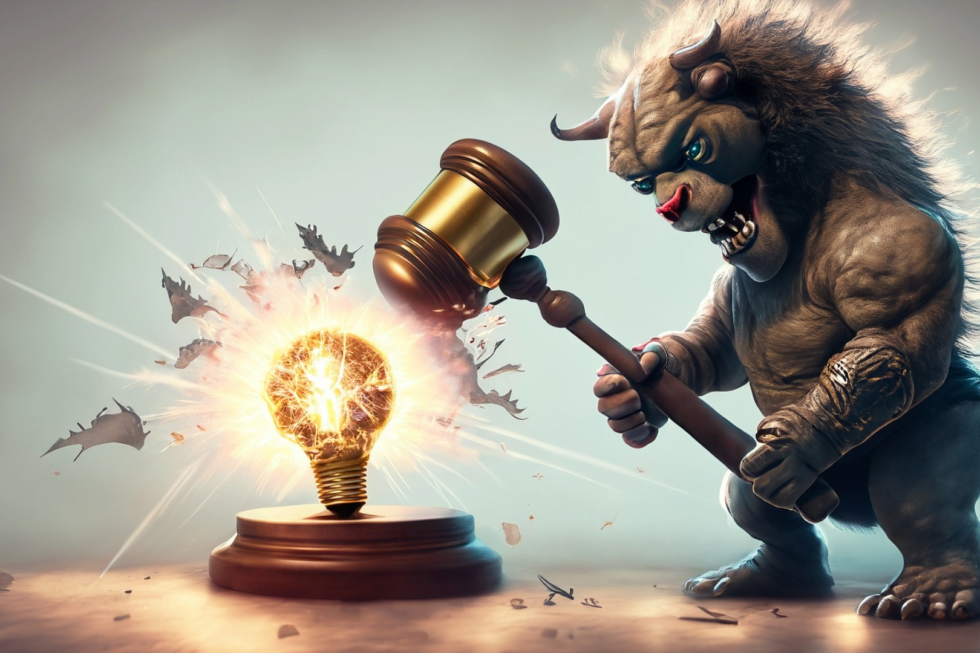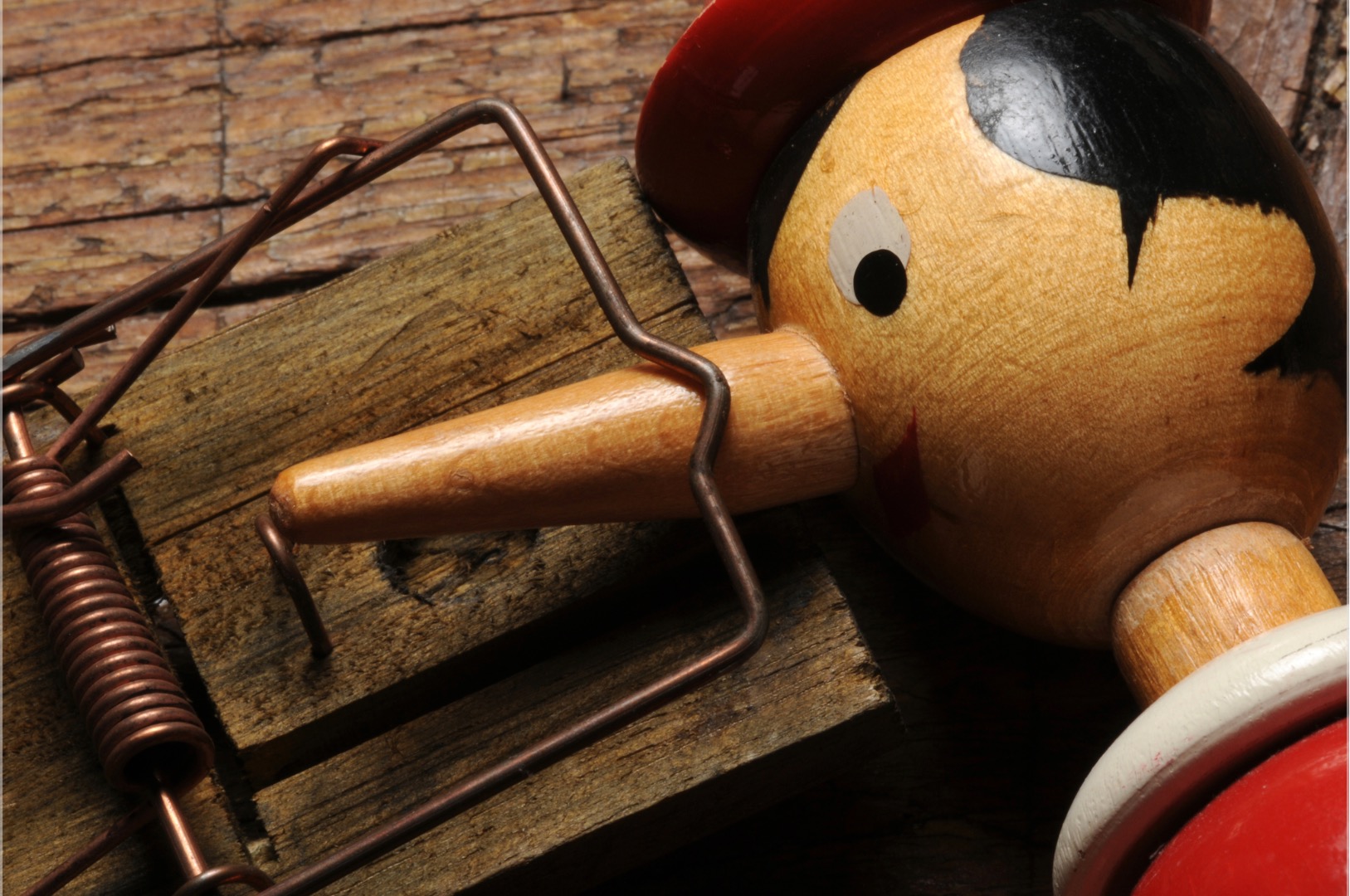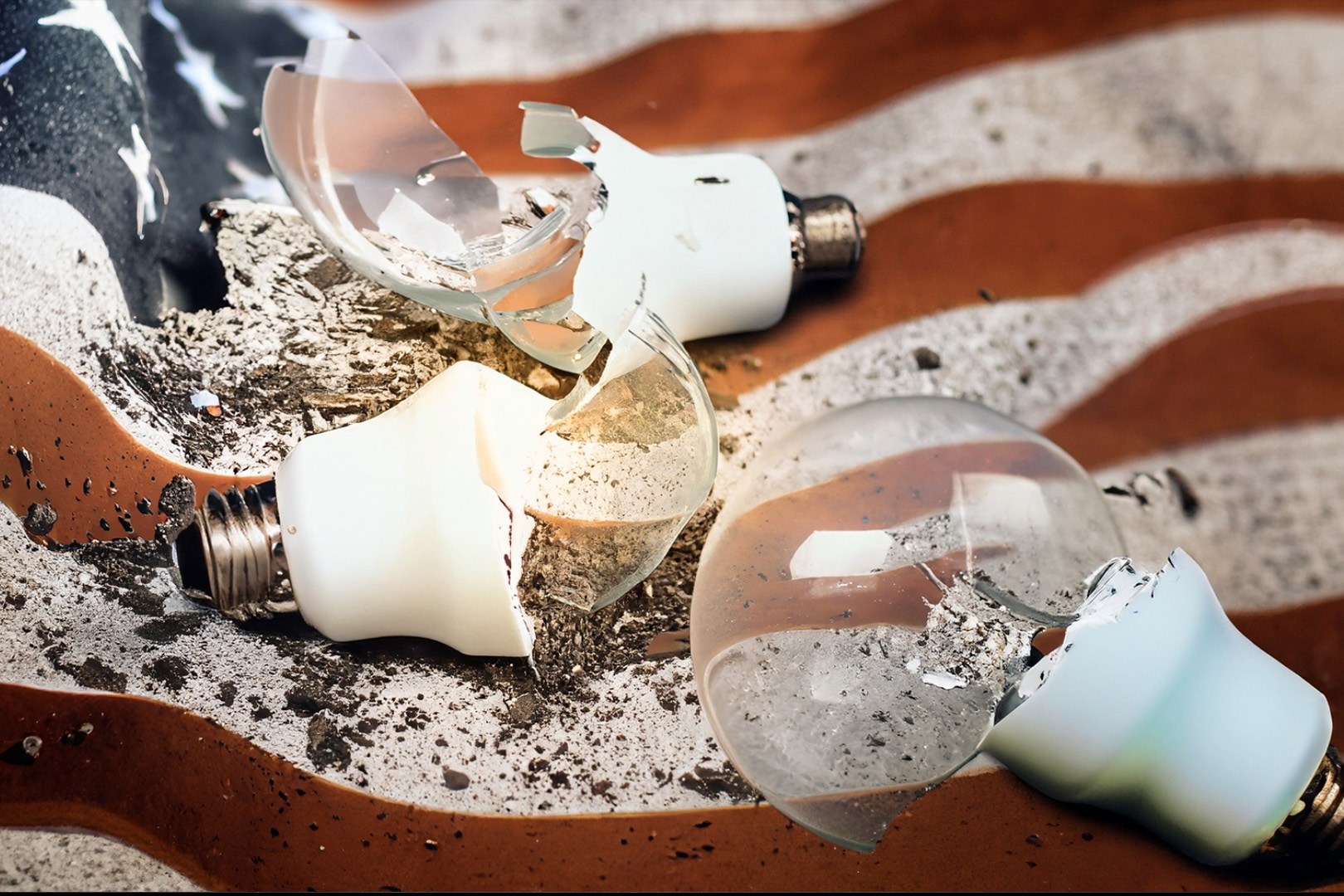
The Patent Trial and Appeal Board (PTAB) effectively invalidates 84% of the patents it fully adjudicates. That fact comes directly from the U.S. Patent and Trademark Office’s (USPTO) PTAB Trial Statistics FY23 End of Year Outcome.
This astronomical PTAB invalidation rate has effectively shut down investment in early-stage startups, particularly in vital sectors that require patent protection, such as artificial intelligence, quantum computing, wireless technologies, cybersecurity, fintech, enterprise systems, next-generation communication systems like 5G and 6G, and much more.
This has brought severe repercussions. China overtook the U.S. in funding of A.I. startups almost a decade ago. As reported by The Verge, a 2018 report by C.B. Insights showed that “[China] accounted for 48 percent of the world’s total A.I. startup funding in 2017, compared to 38 percent for the U.S.” Reuters reports that startup funding is down 30% in 2023. Unsurprisingly, China took the global lead in 37 of 44 technologies critical to our national security and economic growth last year.
The PTAB is undermining American innovation and damaging U.S. national security. That is also a fact.
Some dispute the PTAB’s 84% invalidation rate, citing the same USPTO statistics, which they say show a much lower rate of 28%. This perspective dangerously downplays the PTAB’s role in stifling U.S. technological advancement.
This debate over statistics is more than an academic exercise; it reveals a profound misunderstanding – or perhaps a willful ignorance – among those quoting the 28% rate about the PTAB’s detrimental effect on U.S. innovation. Without a clear-headed look at these numbers and their implications, U.S. policymakers will keep passing bad legislation that only helps China further solidify its lead and perpetuates Big Tech monopolies.
USPTO PTAB Statistics
The USPTO numbers published in the PTAB Trial Statistics FY23 End of Year Outcome show that 1,117 patents received an outcome from at least one petition in FY23. 296 were denied institution; 303 were settled; 10 were dismissed; 24 were requests for adverse judgement; 18 were mixed outcomes; and, of those that went to final written decision, 312 had all claims invalidated, 80 had some claims invalidated, and 74 had all claims upheld.
These statistics are not just numbers; they drive all decisions made in PTAB trials by both parties. Each figure reflects the likelihood of various outcomes at critical points where strategic decisions are made. While the data illuminates the daunting challenges and risks inventors face at each step of the PTAB process, shaping their tactical approaches to safeguarding their innovations, it also explains destructive petitioner behavior.
Denied Institutions Do Not Favor the Inventor
A PTAB petition is denied institution when the petitioner fails to demonstrate that it is more likely than not that the patent in question is invalid. The USPTO reports 26% of petitions are not instituted. Some claim denied institutions are inventor wins. The premise, of course, is that denied institutions favor the inventor, which is a false premise.
98% of PTAB petitions are Inter Partes Review (IPR), which can only review patents for anticipation (§102) or obviousness (§103). Nearly all petitions argue the invention is obvious.
A 2007 Supreme Court decision, KSR International Co. v. Teleflex Inc., created a highly subjective test for obviousness in which two experts can reach opposite conclusions, and nobody can say who is wrong.
When a highly subjective test underpins a question that’s answered more likely than not, just about any petition with a scintilla of merit will be instituted. That is especially true in the vast majority of petitions that are filed by large corporations represented by prominent law firms that know what constitutes a meritorious petition.
Inventors consistently complain that meritless petitions are strategically employed to drain their resources and delay resolution. The fact that 26% of petitions fail even to meet this unbelievably low bar suggests the inventors are right.
Those claiming that a non-instituted petition represents an inventor’s win display a profound misunderstanding of PTAB litigation. It is far more likely that most non-instituted petitions lack merit and are intended to tactically harass inventors financially and emotionally by burning hundreds of thousands of dollars and delaying resolution.
Vulnerability of Inventors in PTAB Settlement
When both parties voluntarily resolve a dispute, the PTAB closes the petition as settled. Some assert that settled petitions are also a win for the inventor. The premise, of course, is that all settlements favor the inventor, which is another false premise.
This assertion ignores the parties’ negotiation positions while litigating at the PTAB; the parties are under different sets of constraints and incentives that create an unbalanced negotiating platform. Inventors are coerced to settle, while petitioners are incented not to settle. This imbalance radically skews settlements in favor of the petitioner.
In federal court, infringement and validity are litigated concurrently, ensuring a balanced understanding of risks that affect both parties. Both parties make motions, resolve issues, and adjust their strategies based on an evolving understanding of their risks related to both infringement and validity.
This parallel, iterative process balances litigation because the risks of losing or winning for each party become known by both parties at the same time. Generally, this leads to settlements that more accurately reflect the merits of the case.
Nearly all PTAB litigations have co-pending federal court litigation. When a PTAB petition is filed, federal court litigation is habitually stayed during the pendency of the PTAB litigation. That freezes the infringement case while the invalidity case at the PTAB moves forward.
This constitutes a massive shift of negotiating power away from the inventor and toward the infringer because validity risks become known while infringement risks remain unknown. Said differently, the inventor’s risks related to validity skyrocket, while the petitioner’s risks related to infringement stay the same.
Just the filing of a petition radically increases inventor risks. IPRs make up 98% of all PTAB Petitions. IPRs are restricted to review only anticipation or obviousness (Sections 102 and 103). Under these sections, the federal court invalidated only 7% of patents it fully adjudicated in 2023, according to Lex Machina’s Patent Litigation Report 2024.
On the other hand, the PTAB effectively invalidates a striking 84% of the patents it fully adjudicates. Starting with the filing of the petition, inventors are put under a dark cloud of near-certain annihilation if they defend their patent rights all the way to full adjudication by the PTAB.
This pressure is compounded by the astronomical costs of defense, which can spiral into the millions. For instance, the technology firm Masimo reported spending $13 million in defending its patents at the PTAB. Most inventors capitulate simply because cannot access enough money.
Moreover, during the three-year pendency of PTAB litigation and appeals, infringement litigation in federal court is typically stayed. This delay allows petitioners to continue profiting from the stolen technology while the inventor of that technology burns potentially millions of dollars. Many inventors are run out of business before PTAB proceedings conclude.
Entities like Unified Patents abuse this unbalanced playing field to coerce “never pay” settlements with licenses that apply to all their 3000-plus clients. Inventors, facing ruin, are forced to accept these agreements purely to escape a protracted and costly battle that will likely be lost in the PTAB killing fields.
Those claiming settlements constitute an inventor win display a colossal misunderstanding of how the PTAB works. Indeed, it is quite the opposite – settlements are certainly a petitioner win.
USPTO Manipulates PTAB Invalidity Rates
The USPTO classifies patent invalidations into two categories: mixed and all. Mixed refers to final written decisions in which one or more claims are invalidated, but not all. All signifies the invalidation of all claims within a patent.
This distinction is important because the invalidation of even a single claim, particularly an independent claim, can effectively neutralize the patent’s enforceability in the infringement case. Therefore, if even a single claim is invalidated, the patent suffers damage so extensive it is effectively invalidated.
The claimed PTAB invalidation rate of 26% is incorrect and skewed because it considers only patents with all claims invalidated while excluding mixed invalidations. It is important to note that it also includes petitions not instituted and petitions settled, which bring the invalidation rate magnitudes lower.
In federal court, cases are also dismissed and settled, but they are not considered in calculating invalidation rates because they are the result of decisions made due to the risk of invalidation at final decision. Federal court invalidation rates are calculated by dividing fully adjudicated cases where a patent was invalidated by all fully adjudicated cases. This excludes cases dismissed or settled from the invalidation rate.
Using the same federal court calculation for the PTAB, of the 466 final written decisions issued by the PTAB, 392 resulted in the invalidation of one or more claims. This means that the PTAB invalidation rate is 84% of fully adjudicated patents.
The PTAB’s unconscionable 84% invalidation rate is so much higher than the federal court’s 7% rate that it poisons the entire U.S. patent system. Inventors are coerced to make self-defeating decisions in every critical decision in PTAB litigation.
The PTAB is Destroying U.S. Innovation
Historically, patents were the cornerstone of American innovation. For over two centuries, they provided stable, reliable collateral capable of securing the necessary investments to bring groundbreaking technologies to market. This symbiotic relationship between inventors and investors was instrumental in propelling the U.S. to lead every major technological revolution, from potash processing to the development of smartphones.
However, since the establishment of the PTAB, patents are no longer stable nor reliable and as such, they no longer serve as viable collateral to attract investment. The once fruitful marriage between inventors and investors broke, severely impeding the ability of U.S. startups to start up.
The decline in the integrity of the U.S. patent system coincides with significant global shifts. As the U.S. gutted its patent system, China did the opposite, strengthening its patent system. The combination of the weak U.S. patent system against China’s strong patent system is why China now leads the world in 37 of 44 technologies critical to our national security and economic growth. Startups can attract investment in China, but they can’t in the U.S.
The failed PTAB experiment has caused a national security disaster, and ignorance of how this damage occurred only intensifies it with policymakers pushing more bad laws supported by bad public policy.
It is imperative that we reverse the PTAB’s damage to restore the efficacy and reliability of U.S. patents so the U.S. can take back the global technology lead from China.
The PREVAIL Act (S 2220) does not fix these severe problems. Instead, it effectively perpetuates them. Only the Restoring America’s Leadership in Innovation Act (HR 8134) and the Balancing Incentives Act (HR 8132) fix the PTAB’s national security disaster.







The USPTO is 100% funded by the fees PAID by patent applicants. Inventors are asked to sign a document. The patent application is examined, and if the disclosed invention is found to be unique by a qualified examiner, a patent is issued. The patent document carries the signature of the director of the USPTO under the promise or undertaking by the USPTO to facilitate protection against infringement. This constitutes a contract in every legal sense of the word. HOWEVER, if the owner of that patent observes infringement by another party, and tries to use the facility that was SOLD to the owner, the USPTO, instead of supporting the owner of the patent, will invite the infringer to PAY and will thereafter act on behalf of the infringer AGAINST the patent owner. This not only constitutes breach of contract, but an act to defraud the owner of the patent. Inventors seem to run around in square circles after that, instead banding together and suing the USPTO for hundreds of billions of dollars for DELIBERATE AND PREMEDITATED breach of contract. It is a waste of time talking to politicians. The only way to stop intellectual theft is to rip the financial heart out of the USPTO. The politicians will listen after that.